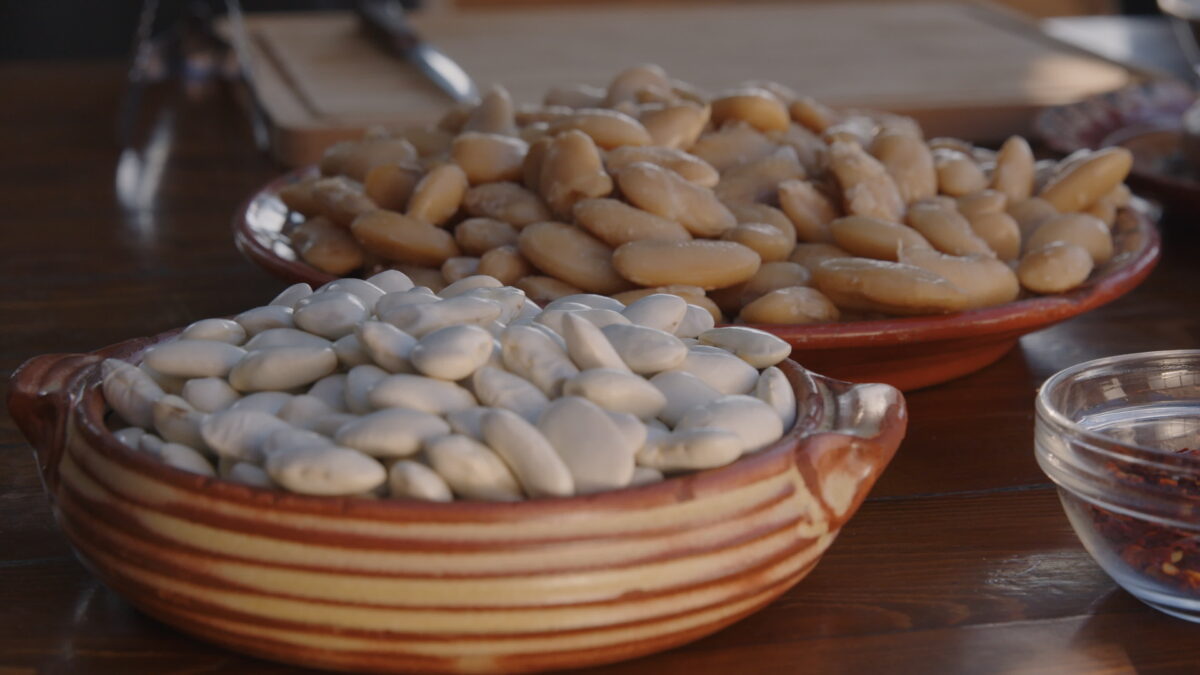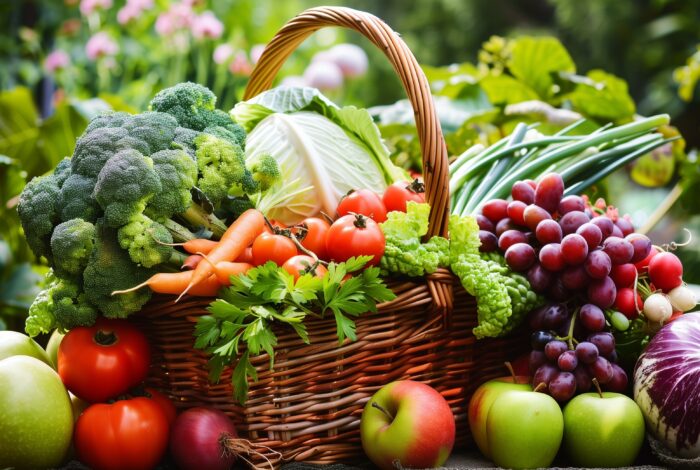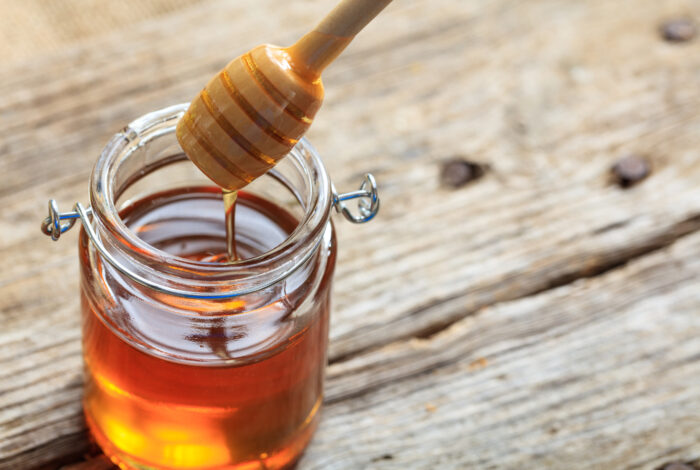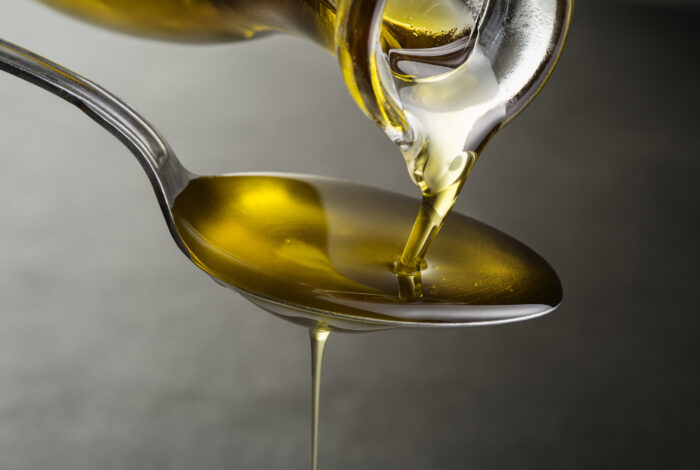Legumes are highly nutritious and feature in a wide variety of recipes—from soups to salads and as side dishes for fish, seafood, and meat—thus securing a permanent place in our diet.
They are rich in fiber, iron and folic acid – also known as vitamin B9 – while their high protein content makes them an excellent choice during periods of fasting or for vegetarians and vegans.
All of the above have made legumes an integral part of the Greek diet for hundreds of years, with some of the best varieties growing in Greek soil. Prespa beans and Feneos lentils are quite popular, but there are also lesser-known varieties that are worth getting to know in order to include them in your diet.
Legumes – and especially lentils – are ideal for salads. An excellent variety is Eglouvi of Lefkada, a PDO product; it is cultivated in very small plots by a few farmers, which makes it very rare. This variety of lentil has a smooth surface and is flatter than most other varieties; as a result, it cooks faster while retaining more of its nutrients. We can also find delicious lentils in Kozani, Farsala, Thebes and Evros.
Those who have been to Sifnos, Tinos and the Lesser Cyclades cluster are familiar with chickpea stew. The recipe may vary from island to island, but it retains its unparalleled flavour. This is because several of the Aegean islands grow chickpeas of excellent quality, such as the small-seeded chickpeas of Tinos and the very fine ones cultivated in the volcanic soil of Santorini. Very tasty small-seeded chickpeas are also grown in Lisvori on Lesvos and on Folegandros.
And there are also Greece’s giant beans, with those of Kato Nevrokopi and of Prespes in Florina being PGI (Protected Geographical Indication) products. They are seeds full of nutrients, such as antioxidants and vitamins, as well as trace elements, such as manganese and phosphorus.
There are also other, equally delicious varieties worth mentioning. One of them is the white Orestiada bean, ideally cooked on a baking tray in tomato sauce. Keletro beans are equally delicious. Excellent giant beans can also be found in Kastoria, though they are slightly smaller in size.
One of the most unique legumes grown in Greece is Santorini fava, a PDO (Protected Designation of Origin) product, which to this day is still cultivated using traditional methods that help to preserve its flavour. Santorini fava, with its characteristic golden colour, can be served either as a soup or a meze accompanied by Greek tsipouro or ouzo and cured meat.
In modern gastronomy, Greek PDO and PGI legumes are making a dynamic comeback in the kitchen. It is worth taking the time not only to cook them, but also to discover rare varieties that the Greek land produces in abundance.










